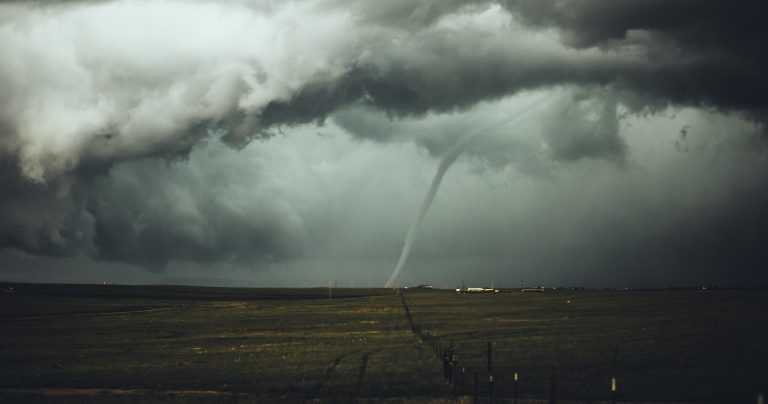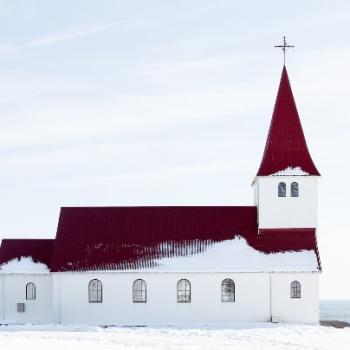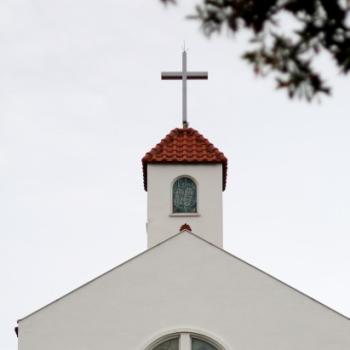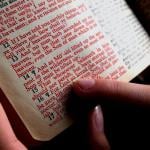Every year, we see severe weather conditions. Some approach with a warning, and others leave mere seconds to find shelter. It’s always good to stay prepared, whether it’s knowing evacuation plans or adding weather resistance to buildings.
Here are suggestions for fortifying your church and protecting the building against major weather events.
General Preparation for Extreme Weather Events
While fortifying your church against weather events like tornadoes, snow storms and earthquakes is essential, it’s just as vital to have evacuation plans and safety measures in place to protect congregants and staff. Here are some ways to stay prepared:
- Communicate with congregants and staff regularly through instant messaging platforms or a church app, especially when there are weather alerts.
- Decide what weather warrants postponed events or canceled services.
- Encourage people to know what weather alerts and warnings mean.
- Have a solid evacuation plan in place. Aim for a short five-step plan with emergency exit routes and instructions for each weather event.
- Ensure emergency supplies in the church building include a first aid kit, extra food and water, and tools like an electrical snow shovel or blower to clear pathways or entrances if needed.
1. Hurricanes
How do you fortify your church against the strong winds and rain that come with hurricanes? The best thing you can do to prepare is to build or reinforce your safe room. Safe rooms must meet FEMA criteria under the FEMA P-371, which sets guidelines for structure and construction.
A safe room will protect building occupants stuck when a hurricane occurs. In the event of a building collapse, people will have a safe place to wait it out. If you don’t already have one, it’s worth investing in a project to build or install a safe room. This is vital if your church is in a hurricane-risk area.
2. Tornadoes
While you need an emergency plan in place if a tornado alert happens and people are inside the buildings, you should also invest in building reinforcements. Generally, hurricanes and tornadoes will need the same kind of building fortifications. In addition to a safe room, it’s worth installing tornado- or hurricane-safe windows.
If a window breaks during a tornado, the wind pressure will be forced into the building, letting debris and high-speed wind in. Install hurricane-resistant glass to add protective layers to windows in the building. Hurricane-proof glass usually goes through lamination with a layer of polyvinyl butyral or ethylene-vinyl acetate, which fortifies the window to withstand winds traveling up to 200 mph in a category-five storm.

3. Floods
If the church is an area with severe flood risk, it’s essential to keep reinforcements in place in case of flooding. Ensure you store all important documents and valuable items in waterproof containers that you can move easily to higher ground if needed.
Sandbags are an option, but the cost may be too high. You can expect to invest over $40,000 for a 4-foot sandbag dike across 150 linear feet. If you’d prefer other options, look into alternatives for flood mitigation like flexible barriers, inflatable dams and more.
4. Snow Storms
Snow storms often come with power cuts and frigid temperatures that can lead to water damage when water accumulates. Maintenance is key. Conduct regular maintenance checks to look for any cracks, leaks or damaged entrances. Seal these areas, and install weatherstripping around windows. Also, keep your roof and gutter in good condition to ensure the drainage system works properly.
To keep temperatures safe during the winter, ensure you have insulation around pipes and in crawl spaces. It also helps to have a thermostat.
5. Earthquakes
Earthquake preparedness differs slightly from other weather events because you can only get warnings and alerts seconds before you feel it. For this reason, prioritize training people to react to earthquakes. The best way to protect yourself is to go to an interior room, drop to the floor or crawl under sturdy furniture.
The most effective earthquake resistance methods happen during construction, so the best you can do is retrofit the church building. For already existing buildings, retrofitting requires improving resistance for pillars and walls. One of the best options is to fortify the building with fiber-reinforced plastic (FRP) wrap. Experts will wrap the FRP around support columns or the building, then pump a pressurized epoxy between the wrap and the building. They will repeat the process six to eight times to create a strong, slightly flexible structure that can resist earthquake damage.
Protect Your Church Against Extreme Weather Events
These are just some of the ways you can fortify the church building and protect the structure from strong winds and wet-weather conditions that can cause damage.












